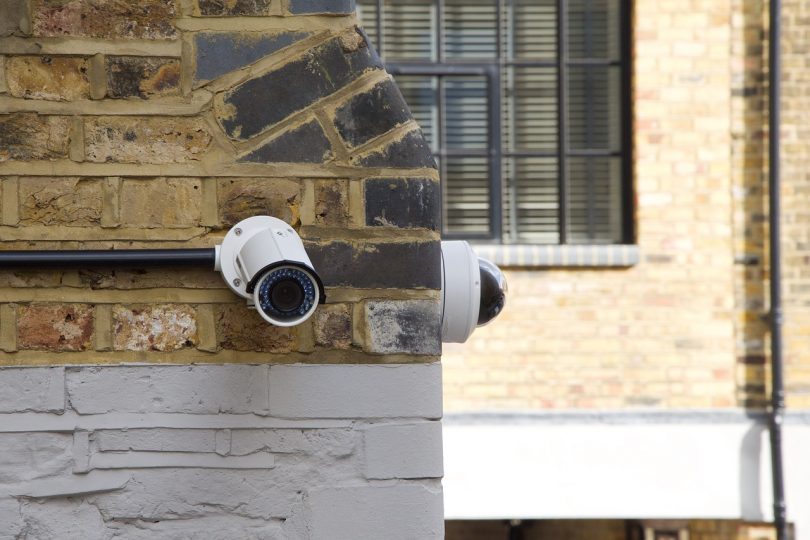This article will enlighten you on how to make your very own burglar alarms. This is a fantastic idea for those who are looking to have some fun whilst doing their very own electronic project. It is quite an easy guide to follow and thus building a good burglar alarm can be a great start off project for a new electronic enthusiast.
Aside from this, if your current burglar alarm has broken and you need a quick fix, then making your own can be a fantastic temporary solution.
Nevertheless, before delving into the directions for making your own burglar alarms, you need to be aware of the fact that in order to reap optimum levels of security you need to have your alarm implemented professionally.
Instructions for making burglar alarms
The first thing you need to do is make sure that you have all of the supplies necessary in order to build a burglar alarm. Burglar alarms require a power supply and a buzzer as well. Choose a company like DPD Local Online when getting these items delivered to you. They offer a fast service, so you can have your items the next day. After all, there is not time to waste when security is concerned.
The best form of power supply is a plug in adapter. This will effectively take the power in the form of the AC current from your wall socket and this will be converted to a DC current and will travel effectively to your alarm.
One thing you need to bear in mind is the voltage and amperage of the power supply. Your buzzer will come with a rating for the number of volts and amperage required. It is recommended that you go for a voltage that is lower than the one started. On the other hand you should go for amperage that is larger than the number stated on the buzzer.
Once you have got everything you need you can now begin to create your own burglar alarm. You need to begin by connecting the buzzer to the power supply. This is easy to do. You can use wire or you can solder them directly together – whatever is more convenient for you.
As we are dealing with electrical goods it is obviously important that the power supply and the buzzer are covered and protected effectively. Get your hands on a solid box and ensure that there are holes so that the wire can go through. If you can’t find an appropriate box then you can always merely wrap them in electrical tape. Nevertheless, whilst this is an effective solution it is obviously not a good looking one.
Now you need to ensure you have the right amount of wire. Cut your wire to ensure that the power supply can reach the door. Nonetheless, don’t cut to the exact millimetre – give yourself some added space. It is always better to overestimated rather than underestimate.
Now you are going to work on creating the part whereby the mechanism will be triggered. For this you will firstly need a neodymium magnet. Furthermore, you will need a tiny rectangle shape iron plate. This should be approximately two inches in size on either side.
These two components – the iron plate and the neodymium magnet – are going to work together to create the switch. When somebody breaks into your home and the door opens the magnet will then latch onto the iron plate because of this movement. This turns on the alarm. These burglar alarms are known as open circuit alarms. The circuit is open yet once the door is open the magnet moves and completes the circuit. As a result the alarm will be triggered.
So, how do you use these components in the alarm design to ensure this is the case? It’s quite simple really. You simply need to solder one of the wires to the iron plate and the other one to the magnet.
Now, what do you do with the free ends of the wires? You will need to connect these to the circuit in order for the burglar alarms to be complete. Thus, all you need to do is solder one wire to the terminal of the power supply. The remaining free wire end will be attached to the free buzzer terminal.
In order to check that everything is working turn on the supply whilst you make sure the magnet is touching the iron plate and then check that the buzzer is going off.
If this works then the last thing you need to do is attach the iron plate to the foot of the door whilst the magnet goes right in front. Positioning is imperative in ensuring when the door opens the magnet moves.









